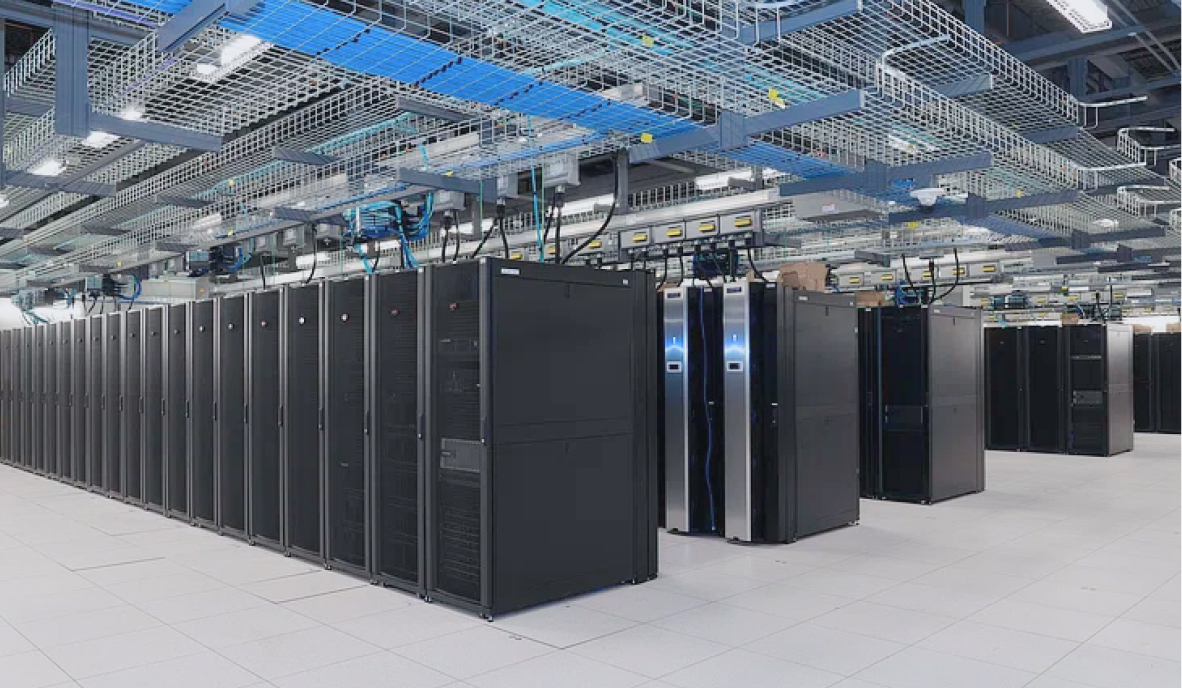What’s the Environmental Cost of AI?

Join the community





“What are some good movies to watch?” or “How can I start a successful business?” or maybe something more philosophical like, “What is the meaning of life?” You can put all of these questions in a Google Search, and it will show you a list of curated articles. You skim through them, collate information in your head (or wherever you make notes), and have a reasonable answer to your query.
But what if you want to skip all of these steps? What if you want a curated response? Well, that’s where AI comes in. If you haven’t heard of it, you’ve likely seen it in the form of AI Overviews at the top of your Google searches. Or maybe you’ve tried Chat GPT.
You can ask Chat GPT anything. It could range from something super practical and objective, like the leaves of my tomato plant look splotchy, what's wrong with it? Or something very personal or nuanced, like what are my strengths and weaknesses? It can also write emails, cover letters, and podcast scripts.
It only takes seconds to get AI responses, but it requires a lot of energy, water, land, and other resources from the planet. To understand AI’s impact on the environment, we have to take a look at data centers.
What are Data Centers?
Data centers are physical facilities that contain thousands of physical servers that communicate with each other and then to your computer. Imagine this:
A huge supermarket with multiple aisles, but instead of shelves stocked with grocery and essentially, they're stocked with servers. The servers have blinking lights and cords, and a lot of other technical stuff which we won’t get into now. To run all of these servers, you need electricity. Since they produce a lot of heat, you need water to cool them down.
Most of this electricity comes from fossil fuels, which means more emissions, which exacerbate the climate crisis. A typical search using ChatGPT uses almost 10 times more electricity than a Google search. In 2024, ChatGPT’s daily electricity usage equaled that of 180,000 US households.
AI’s Energy Use
In 2022, data centers ranked as the world's 11th largest electricity consumer, surpassing Saudi Arabia's entire consumption. By 2026, MIT research predicts AI could jump to fifth place globally, nestled between Japan and Russia.
This surge is largely driven by tech giants like Google and Microsoft. Not surprisingly, their emissions have spiked dramatically as well. Google's greenhouse gases increased by 48% from 2019 to 2023, while Microsoft saw a 29% rise from 2020 to 2023.
And why’s that? Well, the majority of the energy used to run these data centers comes from fossil fuels. In the U.S., coal plants that were supposed to shut down have been kept online to feed the data centers.
AI’s Water Use
The data centers and, by extension, AI, are thirsty as well. On our podcast, Second Nature (We Need to Talk About AI), we interviewed Shaolei Ren — an associate professor of electrical and computer engineering — about AI’s water usage.
Shaolei explained that data centers primarily use "blue water" from municipal facilities, which is essentially clean drinking water that also includes water from rivers and lakes — fresh water that humans can access for industrial and residential use.
While some water gets recycled before it's discharged to wastewater plants, about 70-80% of water withdrawn by data centers is evaporated, with this percentage varying based on cooling technology and water quality.
{{cta-join2}}
AI's Impact on the Communities
In Memphis, Tennessee, Elon Musk's xAI company has established "Colossus," a massive supercomputer facility that has become a major source of pollution. The supercomputer operates 33 methane-powered gas turbines, which have reportedly increased local smog by 30-60% and released harmful pollutants, including nitrogen oxides and formaldehyde.
The facility is located in a predominantly Black community, already suffering from high rates of pollution-related illnesses — another example of environmental injustice, where communities that contribute least to environmental harm suffer the most severe consequences. Despite community opposition, these neighborhoods are becoming "sacrifice zones" — poor, predominantly Black communities polluted for the interests of technological advancement and wealth.
Right now, AI's usage is outpacing its benefits for the environment, but there are some innovations that could hopefully change that.
Google's DeepMind actively predicts hurricanes and floods, giving people crucial early warnings. Apps like IQAir and Plume Labs put real-time air quality data directly in your hands.
Farmers now use AI to streamline operations, cut waste, and conserve resources. Delivery companies optimize their routes with AI, leading to lower emissions.
You can take action too! Before asking ChatGPT, consider whether a simple Google search would do the job. You can even disable AI Overviews in your Google Search settings to reduce your AI footprint.







.jpg)




